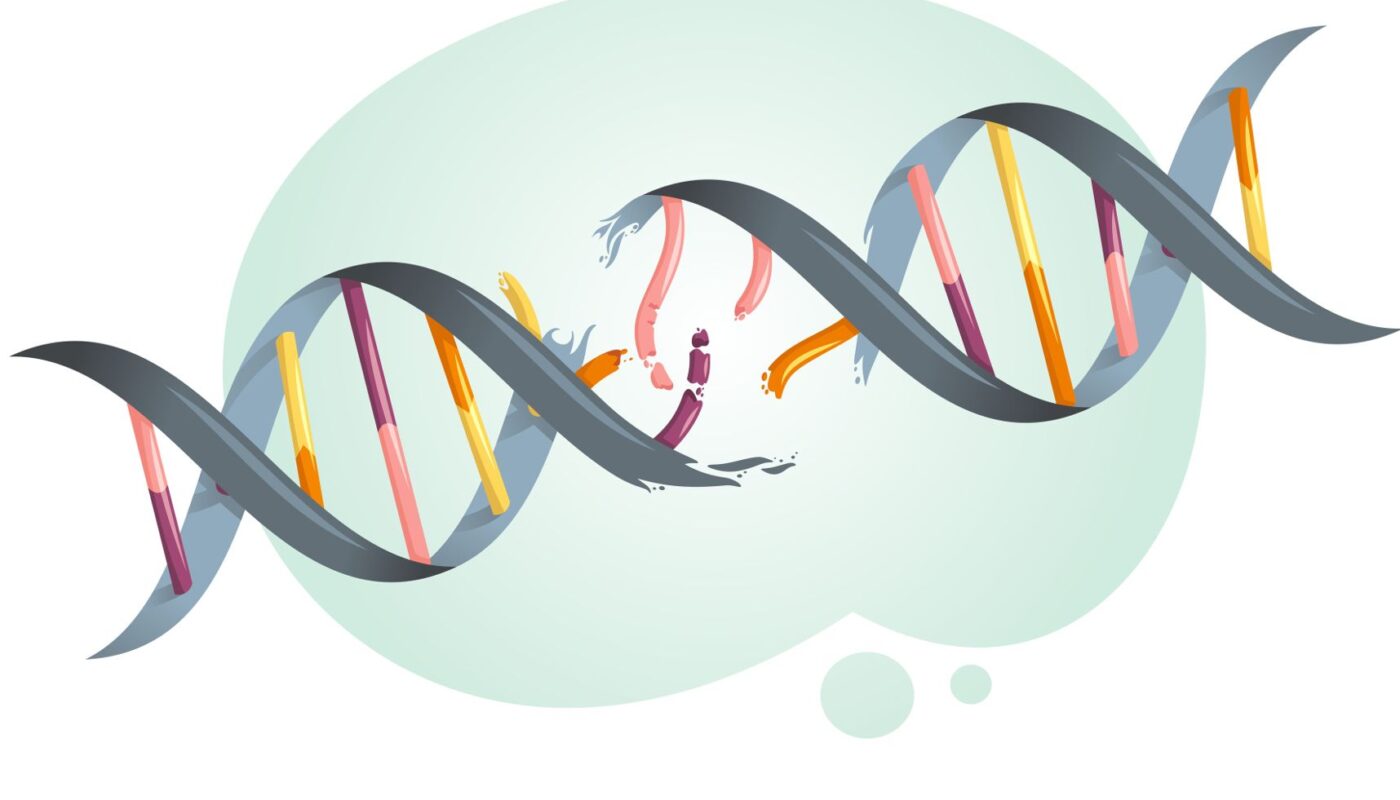Researchers from Albert Einstein College of Medicine have made a groundbreaking discovery that sheds light on the intricate process of memory formation in the brain. Their study, published in the journal Nature, reveals that DNA damage and brain inflammation play crucial roles in the creation of long-lasting memories.
Traditionally, inflammation in the brain has been associated with neurological disorders like Alzheimer’s and Parkinson’s disease. However, the findings of this study challenge this notion, suggesting that inflammation in specific neurons within the hippocampus—a region known for its role in memory consolidation—is essential for the formation of stable memory assemblies.
Led by Dr. Jelena Radulovic, the study’s team conducted experiments on mice, subjecting them to mild shocks to induce episodic memory formation. Upon analyzing the hippocampal neurons, they observed a cascade of DNA damage and repair processes triggered by a stimulus, leading to the establishment of memory clusters representing past experiences.
The researchers identified the activation of genes involved in the Toll-Like Receptor 9 (TLR9) pathway—a key inflammatory signaling pathway responsible for detecting pathogen DNA fragments. This pathway was unexpectedly activated in clusters of hippocampal cells exhibiting DNA damage, rather than due to an infection, as initially hypothesized.
Further investigation revealed that the release of DNA fragments following DNA damage activated the TLR9 pathway in neurons, stimulating the formation of DNA repair complexes at centrosomes—a cellular organelle crucial for cell division. In neurons, these centrosomes orchestrated cycles of DNA repair, organizing individual neurons into memory assemblies without undergoing cell division.
Dr. Radulovic highlighted the significance of this immune-based memory mechanism evolved by hippocampal neurons over the course of evolution, allowing for the preservation of acquired information in the face of constant informational influx.
Moreover, the study demonstrated that inhibiting the TLR9 pathway not only hindered the formation of long-term memories in mice but also led to genomic instability, a potential risk factor for aging, cancer, and neurological disorders like Alzheimer’s.
While drugs targeting the TLR9 pathway are being explored for treating conditions like long COVID, caution is warranted due to the pathway’s essential role in memory formation and overall neuronal health. The study provides new insights into the complex interplay between inflammation, DNA damage, and memory formation, opening doors for further research in understanding cognitive processes and potential therapeutic interventions.
*Note:
1. Source: Coherent Market Insights, Public sources, Desk research
2. We have leveraged AI tools to mine information and compile it



